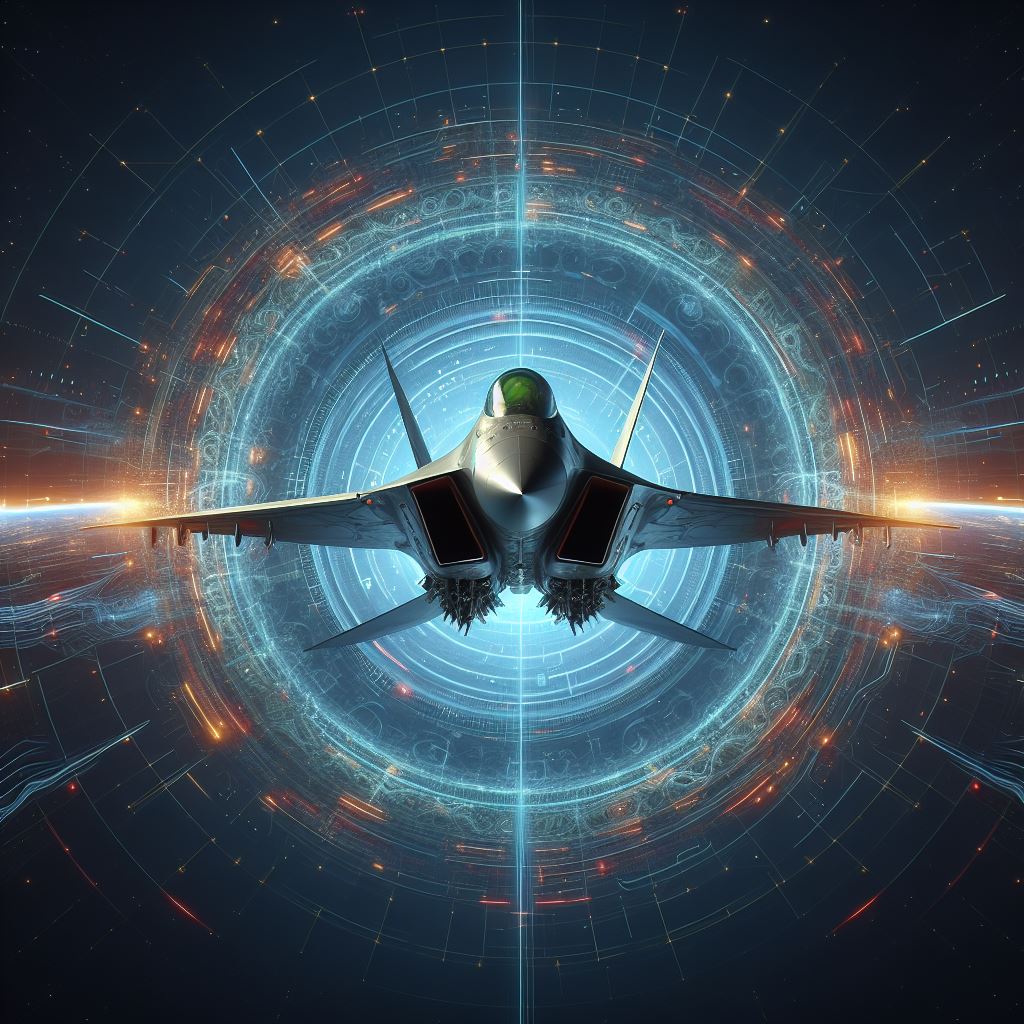A US Air Force AI-enabled F-16 took to the sky from Edwards Air Force Base, but the difference was that Air Force Secretary Frank Kendall was seated in the front seat, and more amazing was the fact that the F-16 was controlled by artificial intelligence (AI) in place of a human pilot.
The Air Force Secretary rides in an AI-enabled F-16
During the last two decades, AI has been the biggest development that has changed the preferences of military aviation, and the US Air Force is aggressively trying to leverage the technology. The Air Force is planning to induct a fleet of 1000 or probably more AI-enabled planes in the next decade, and it is expected that the first of them will be available for operations by 2028.
Kendall traveled to the airbase to get first-hand experience with AI flying and to announce its role in future air combat. When he landed after the flight, he also gave an interview to the Associated Press and NBC, which were the only two media entities that were given permission to observe the secret flight on the spot. Kendal said,
“It’s a security risk not to have it. At this point, we have to have it.”
Source: AP.
Kendal’s AI-controlled F-16 called VISTA engaged in a dogfight after takeoff, flew at speeds higher than 550 miles per hour, and came into close contact with the other F16 that was operated by a human pilot. Both planes came as close as 1000 feet while they tried to win over one another by forcing each other into vulnerable situations.
There are question marks on AI’s ability to make decisions
When Kendall landed after flying for an hour in the aircraft, he said that he’d experienced enough in his dogfight and that he would trust the ability of this still-developing technology to decide to launch a weapon in the war field. Though the statement may be questionable as there are many schools of thought on AI’s use in conflicts and its dire consequences, with many groups seeking a ban on it, it shows Kendall’s excitement about the experience he had in flight.
As the International Red Cross said,
“There are widespread and serious concerns about ceding life-and-death decisions to sensors and software.”
Adding to that, autonomous arms are a cause for concern on an immediate basis, and a swift political response is needed on a global level. But the military’s leaning towards AI-enhanced planes has its own reasons for cost, security, and strategic requirements. Maintaining an expensive fleet of currently available aircraft will be at risk because of the advancements on all fronts of militaries around the globe.
The F-16 VISTA has been under testing by DARPA, and it is unknown when it took its first flight, but it has flown nearly 24 missions since 2023, which is not much, but it is claimed that the system is learning quickly and is improving over time, and it has also outperformed human pilots in many instances.




